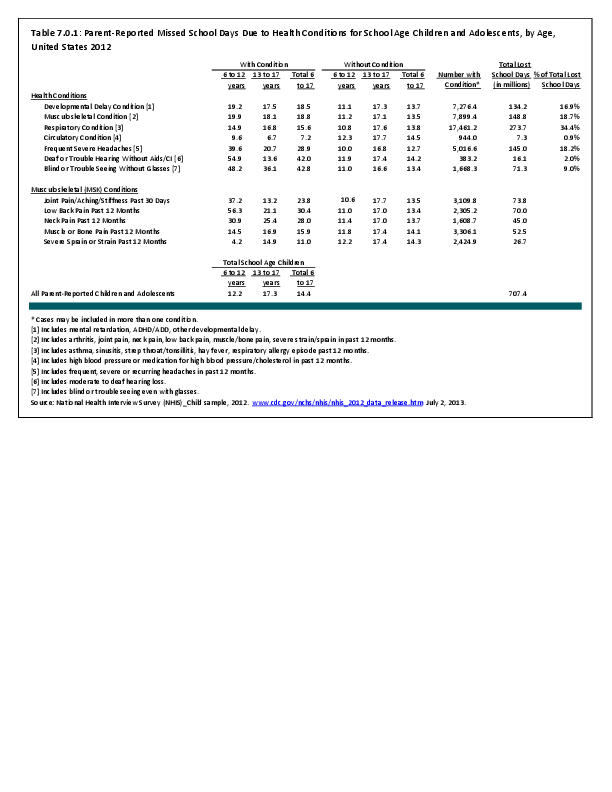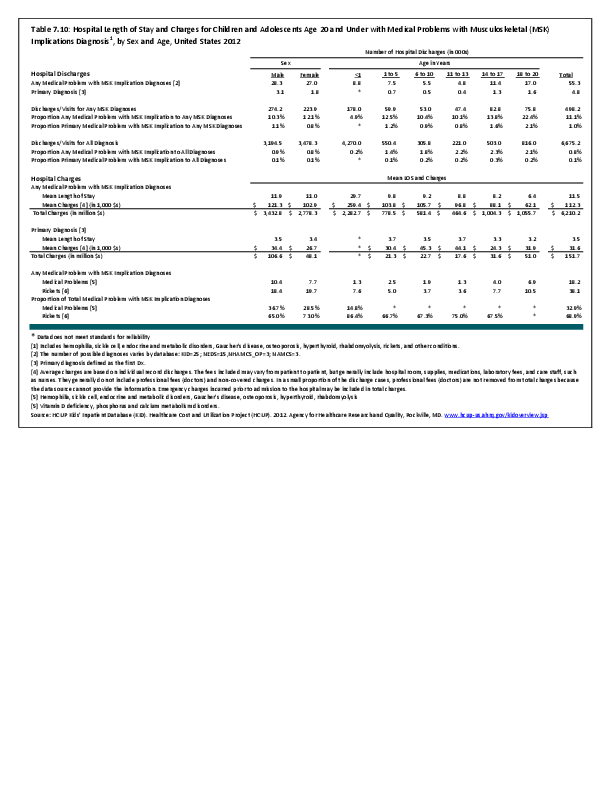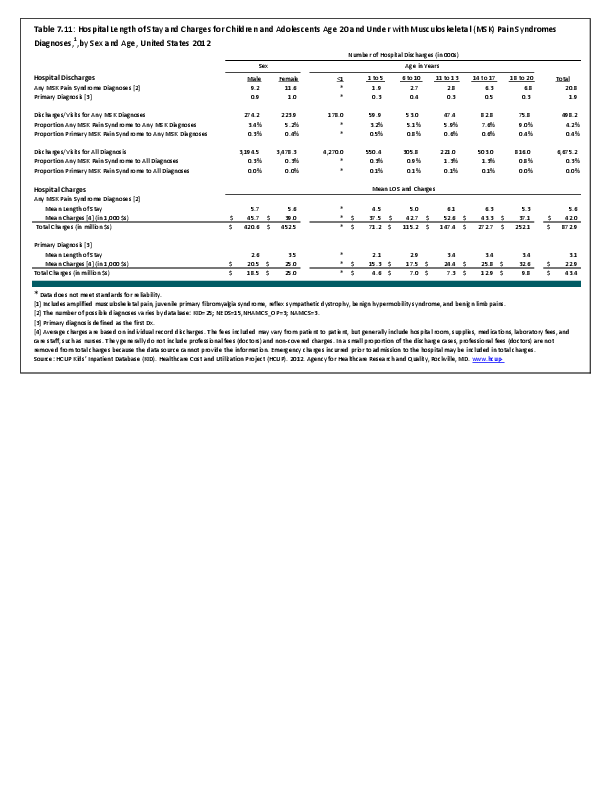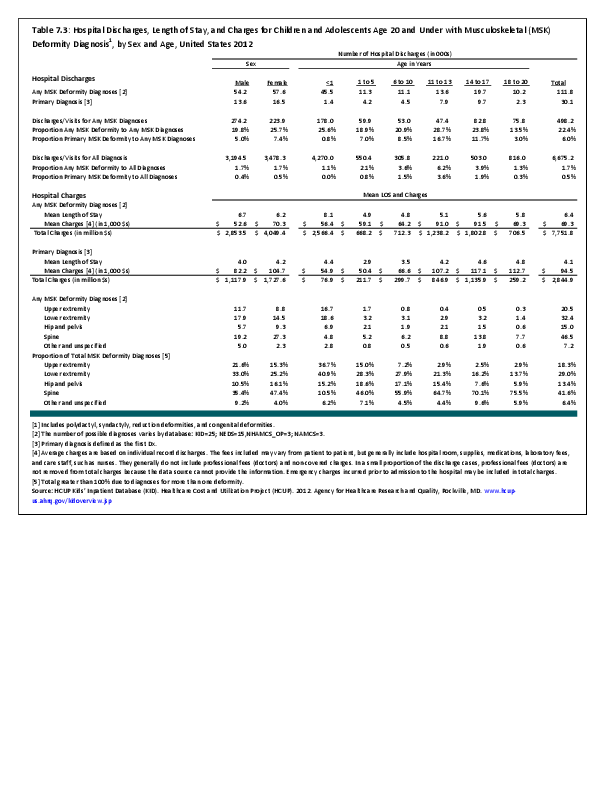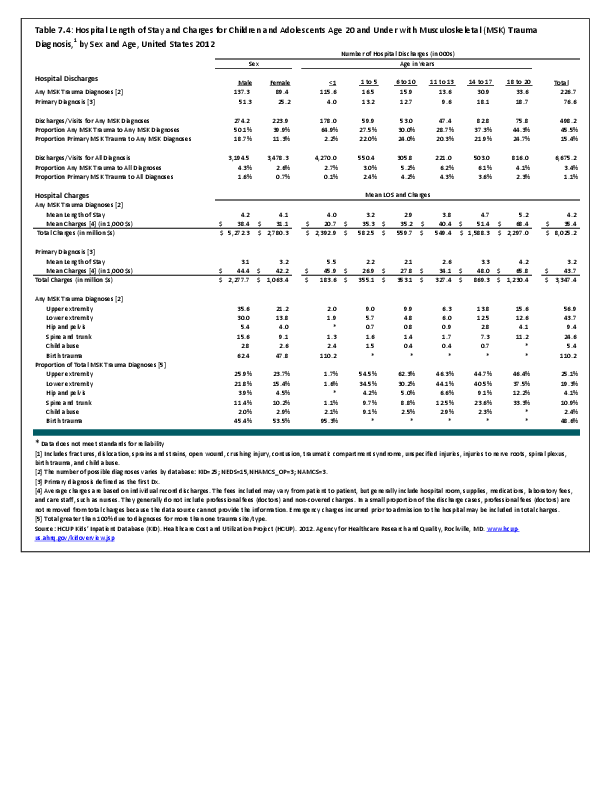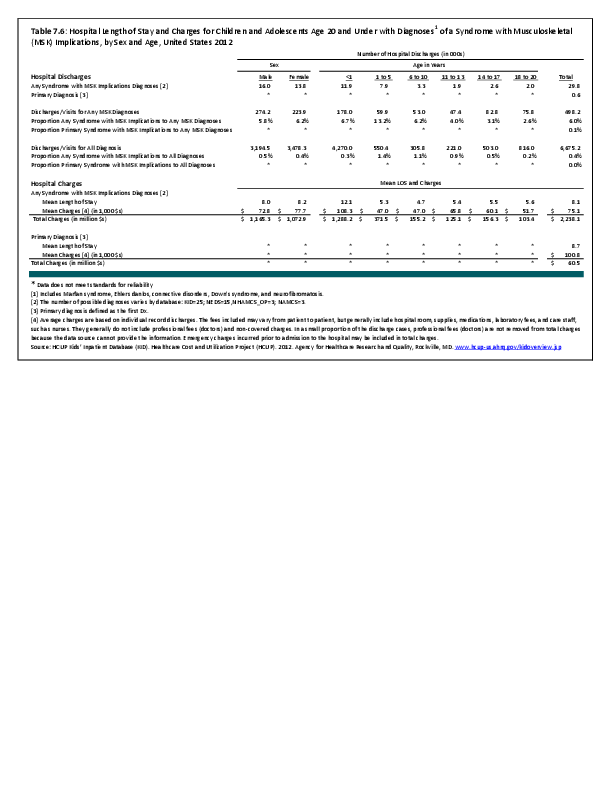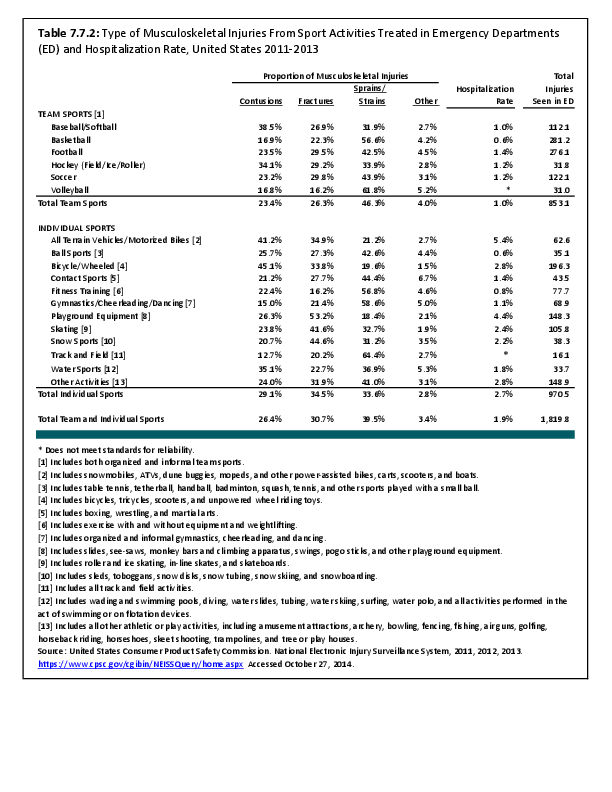Skeletal dysplasias, also referred to as osteochondrodysplasias, are a heterogeneous group of disorders that affect the growth and development of bone and cartilage. There is great variability of severity and involvement ranging from neonatal lethality to mild growth differences noted incidentally in adulthood. Hundreds of such dysplasias have been described but most are so rare that true incidence is difficult to estimate.1 The most common diagnoses included in this category are achondroplasia, hypochondroplasia, pseudoachondroplasia, multiple epiphyseal dysplasia, diastrophic dysplasia, multiple hereditary exostosis, enchondromatosis, osteogenesis imperfecta, and osteopetrosis. The overall incidence of skeletal dysplasias is two to five per 10,000 live births.2 Despite their relative rarity, many patients with these disorders require extensive medical and surgical treatments throughout their childhood and into adulthood.
Because of the rarity of skeletal dysplasias, data on health care visits for these conditions is too small to be reported.
- 1. Kornak U, Mundlos S: Genetic disorders of the skeleton: A developmental approach. Am J Hum Genet 2003 Sep;73(3):447-774.
- 2. Frassier F, Hamdy RC: Arthrogrypotic Syndromes and Osteochondrodysplasias. In: Abel MF, ed. Orthopaedic Knowledge Update Pediatrics. 3rd ed. Rosemont, IL: American Academy of Orthopaedic Surgeons; 2006:137-151.
Edition:
- 2014

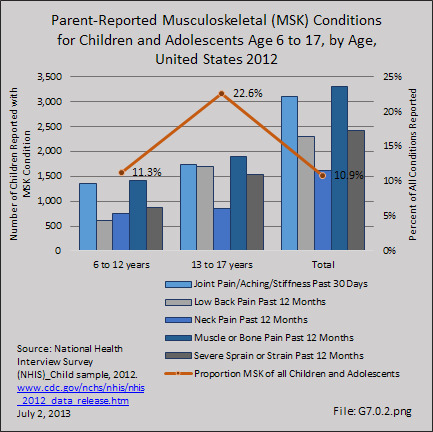

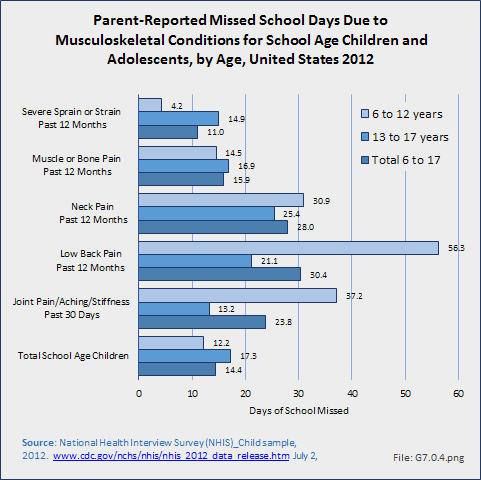
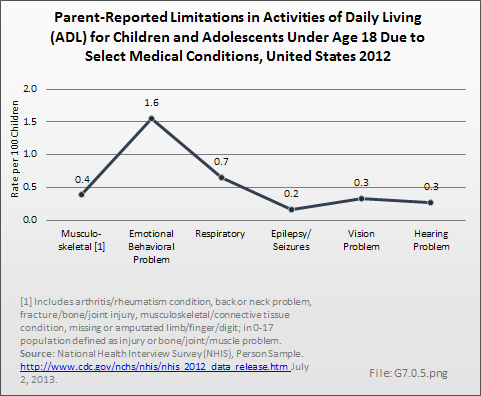

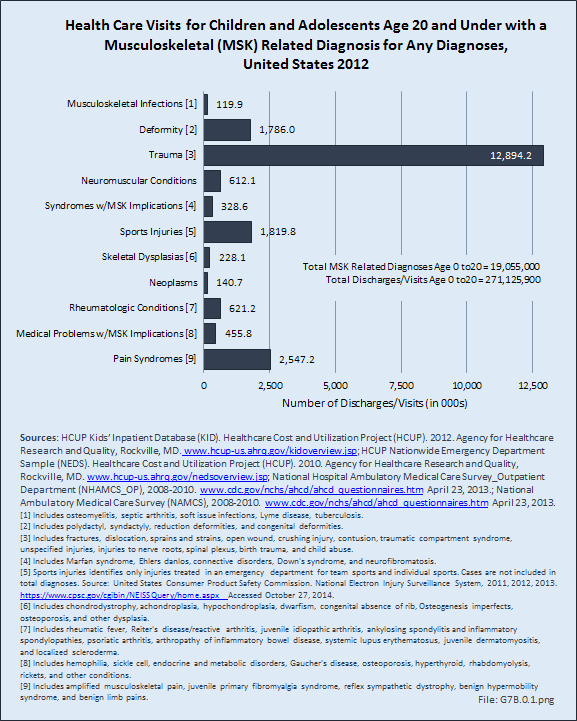
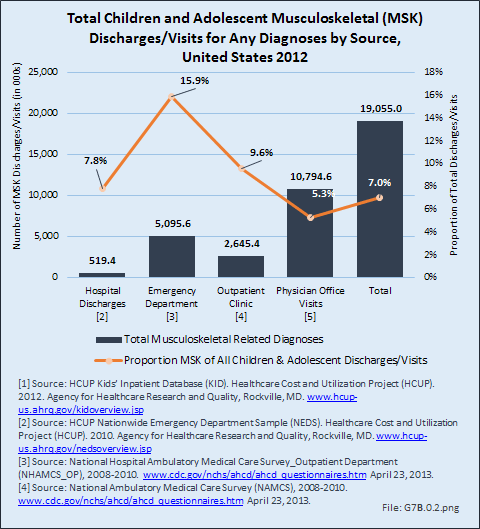

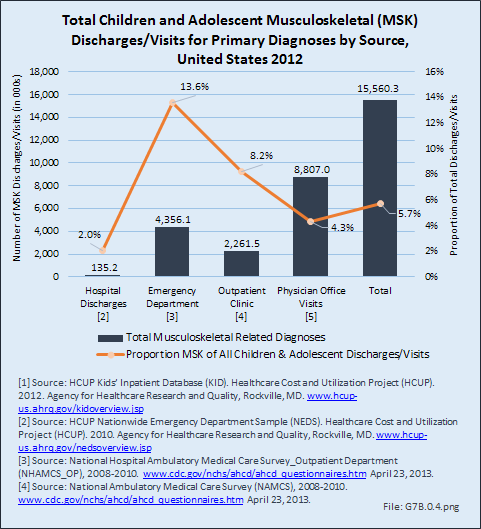
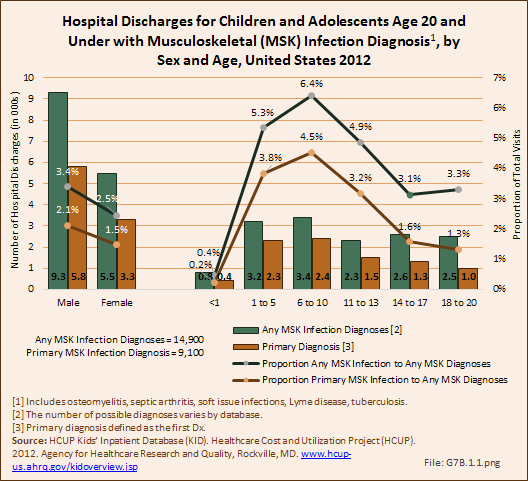
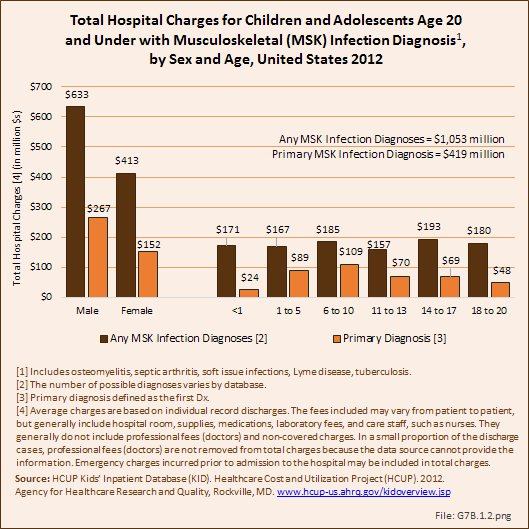

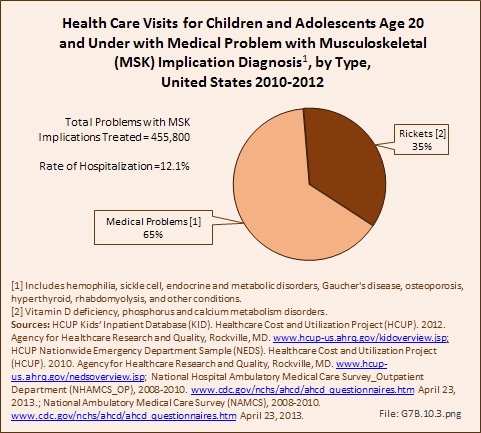
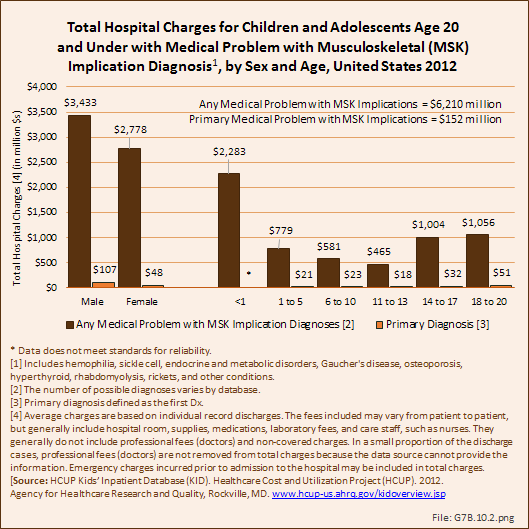

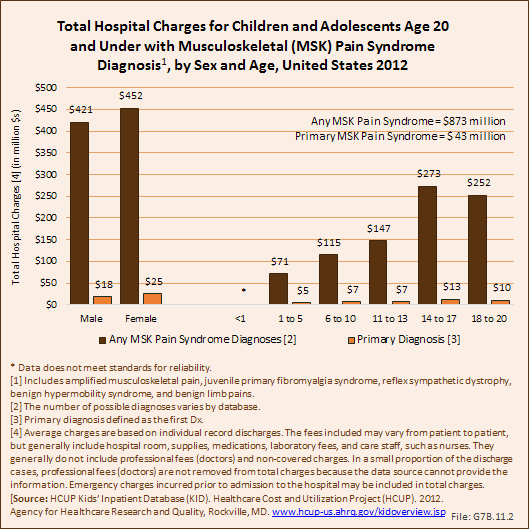
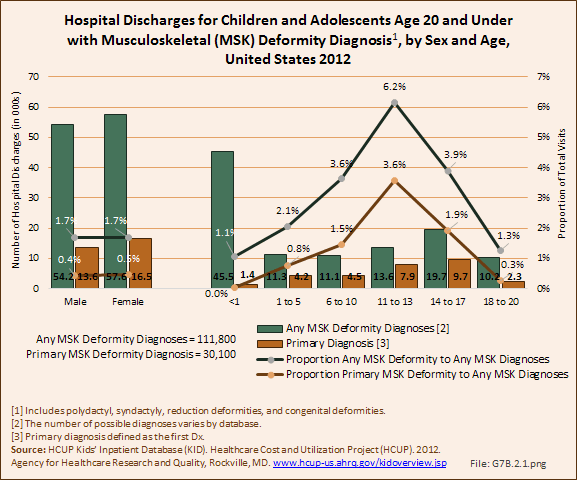
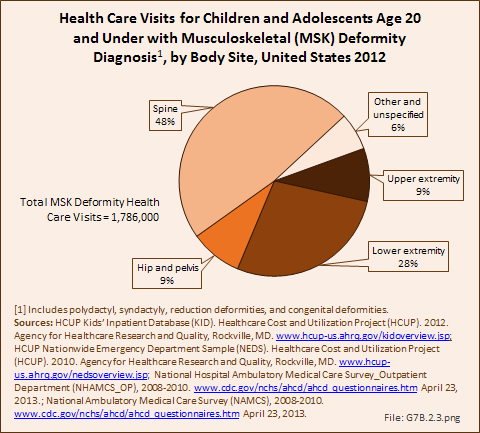
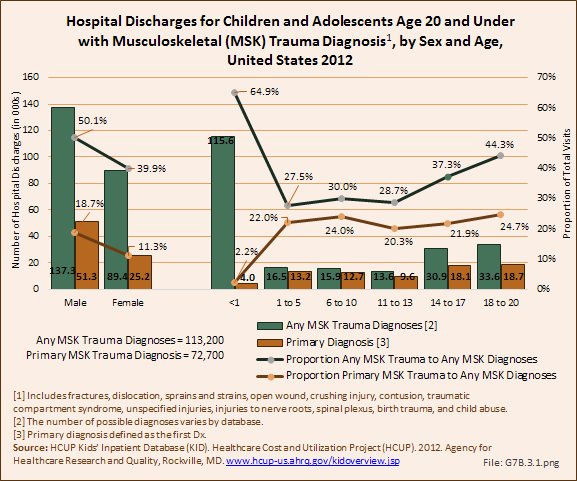
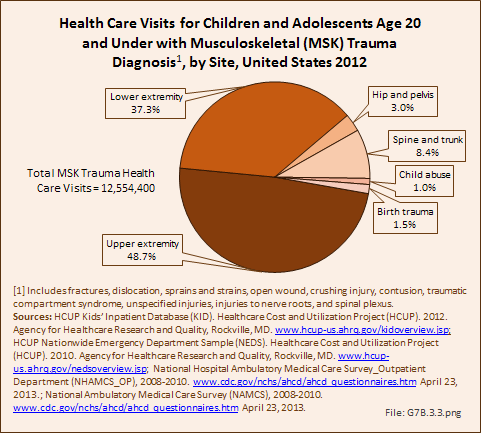


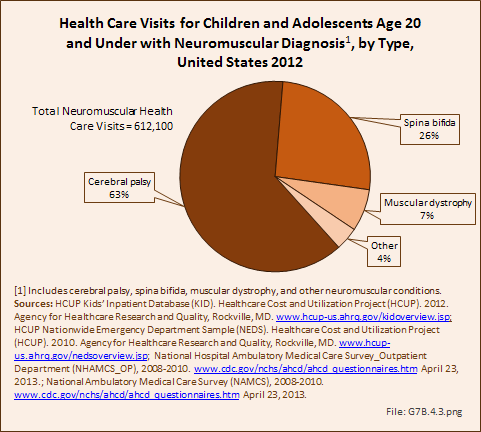
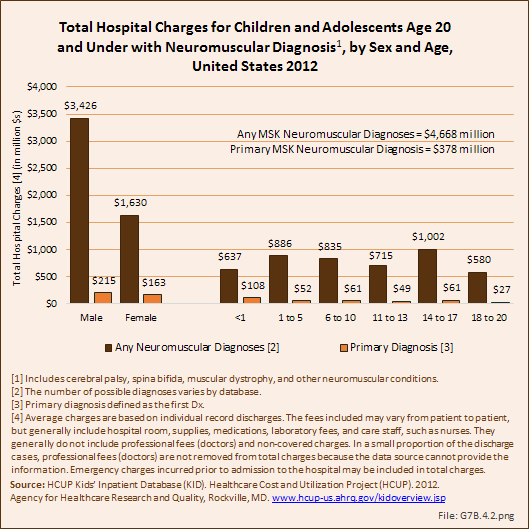
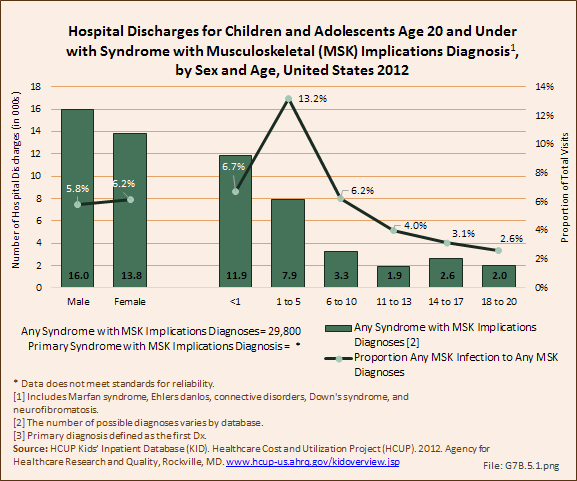
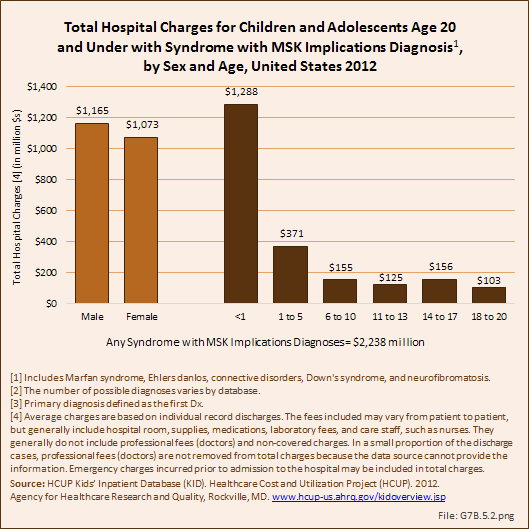
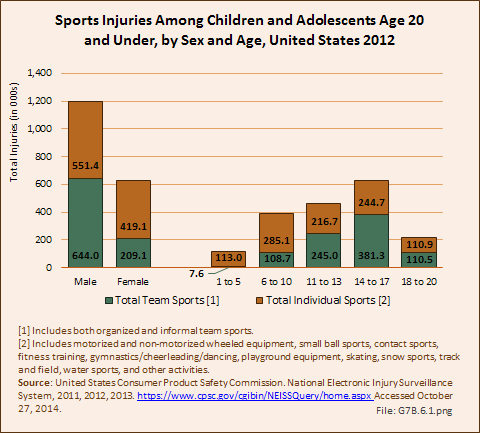
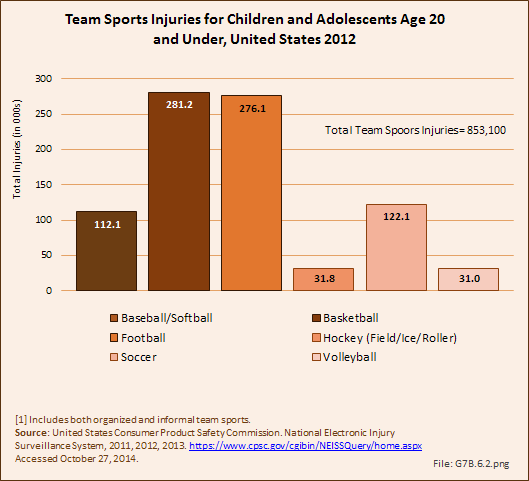
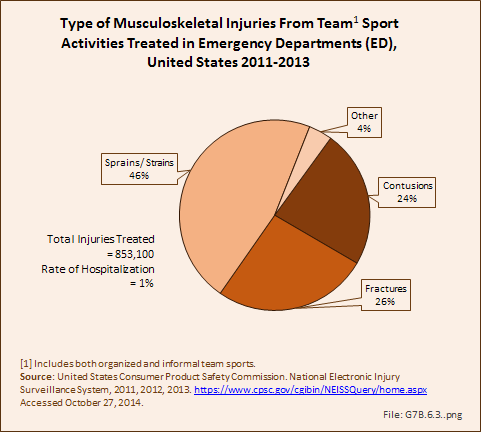

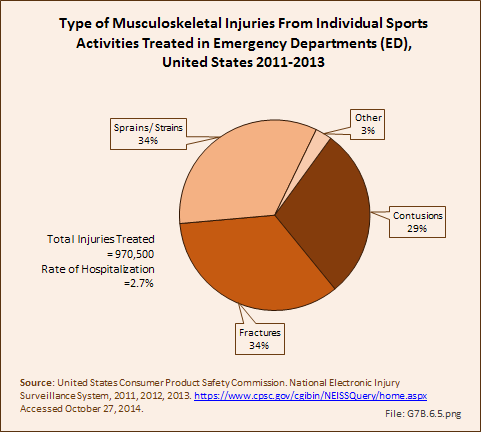
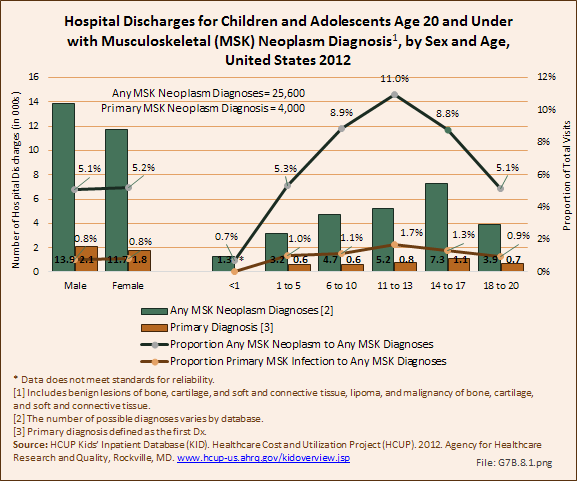
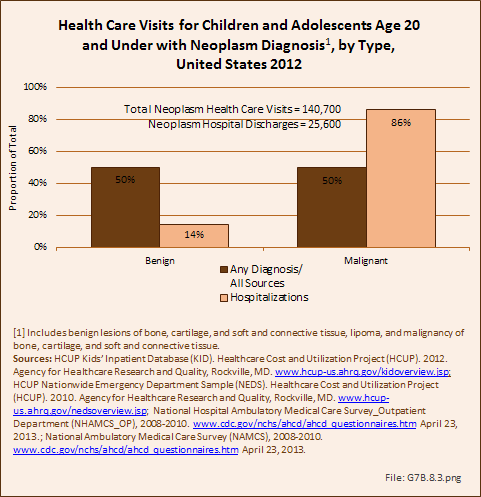
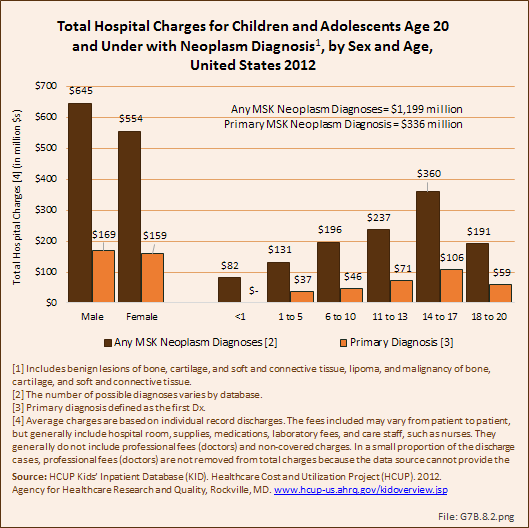

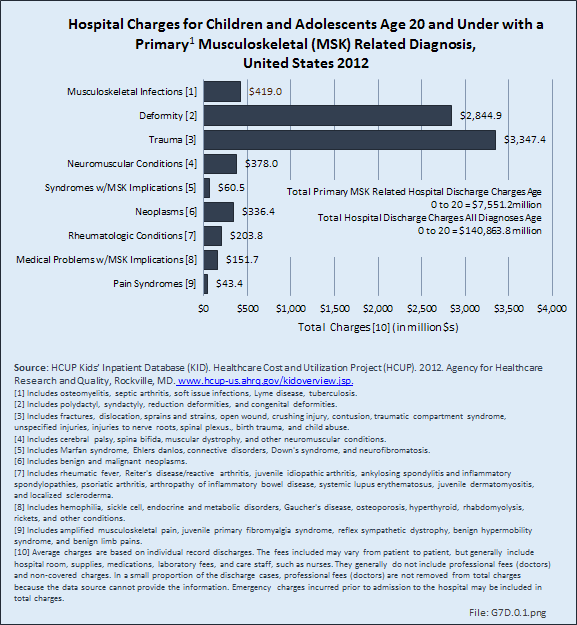
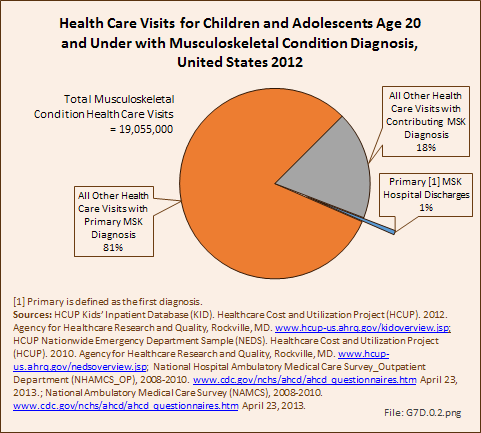

 Download as CSV
Download as CSV